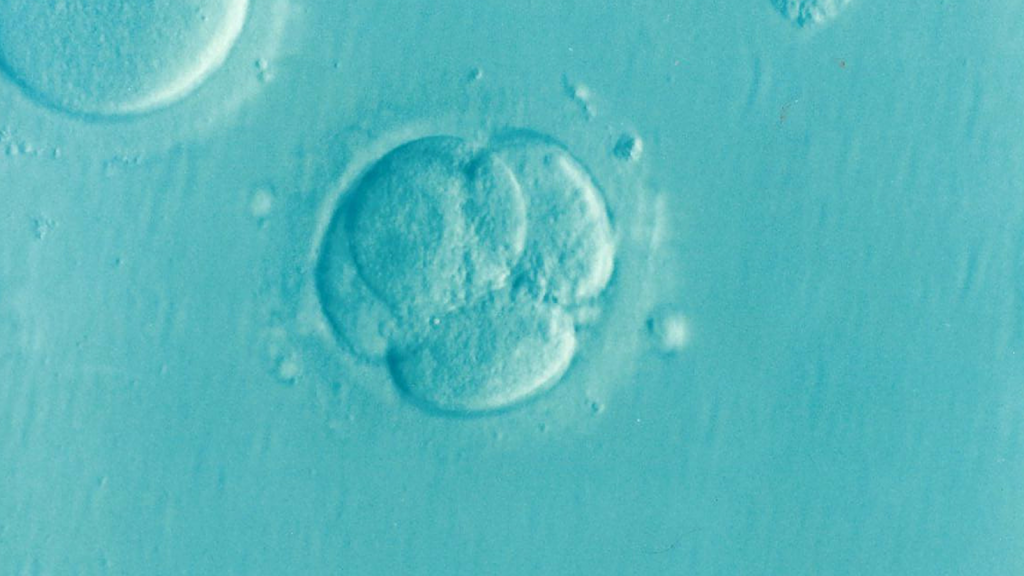
Veronika Mantziou is lead author on a study of a new in vitro model that could more accurately predict whether drugs might cause foetal abnormalities.
We suggest that a 3D model of embryonic stem cells called gastruloids represents a powerful new in vitro platform for teratogenicity testing.
Veronika Mantziou
A new 3D model of embryonic stem cells called gastruloids could predict whether drugs may cause abnormalities in early embryos more reliably than other in vitro models, according to new research.
The researchers, led by Gates Cambridge Scholar Veronika Mantziou [2019], have just published their findings in Reproductive Toxicology.
Pharmaceuticals intended for pregnant women need to go through various stages of testing in animals before marketing. Recently, pharmaceutical companies have also begun to use animal-free in vitro models to design tests to assess teratogenicity – whether a drug might cause foetal abnormalities or deformities.
However, these models typically rely on cultures or structures which do not fully reflect the complex 3D arrangements seen in embryos.
The researchers found that a 3D model of embryonic stem cells called gastruloids has the potential to predict the ability of drugs to cause foetal abnormalities more reliably because they mimic many of the elements of the early embryo.
Gastruloids are stem cell aggregates which progressively break symmetry, undergo axial elongation and differentiate in a way that is spatially and temporally similar to the embryo.
They used both mouse and human gastruloids to examine a panel of seven reference drugs, including thalidomide, penicillin and ibuprofen [see picture below], to quantitatively assess in vitro teratogenicity.
They observed how the drugs caused several structural effects and aberrant gene expression which are suggestive of early defects in foetal development, including multi-lineage differentiation defects and disrupted axial patterning.
The gastruloids also highlighted some of the known species-specific susceptibilities between mice and humans.
The researchers conclude therefore that gastruloids could eventually be used in pharmaceutical testing for teratogenicity in vitro.
Veronika, who is doing a PhD in Genetics says: “In this proof-of-concept study, which has been conducted in collaboration with researchers at Roche, we suggest that a 3D model of embryonic stem cells called gastruloids represents a powerful new in vitro platform for teratogenicity testing.”

*Main picture of embryo by Dr Elena Kontogianni, courtesy of Wikimedia commons.












